I’m still recuperating from a series of operations to replace my left hip. But at this point I think the end is in sight. Meanwhile I’ve gotten very good at using my fancy forearm style Sidestix crutches. I’m 70 years old. And I often wear a fedora hat. A picture’s worth a thousand words:
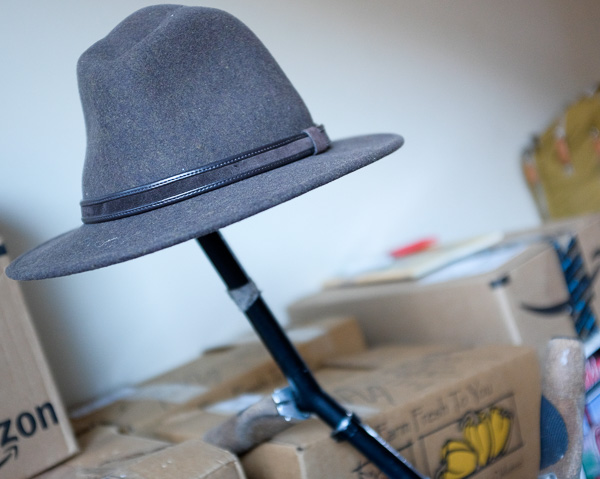
During this ordeal it’s been good for me to have my novel Million Mile Road Trip to work on. Like, I need to go into my fictive world to escape boredom, anxiety, and pain. To forget my ragged, worn self.
Recently I got some encouraging pokes from the Muse.
Poke 1: Dali in a Bosch Painting.
John Shirley, my old partner in literary crimes and misdemeanors, sent me a link to a super detailed online image of Hieronymus Bosch’s Garden of Earthly Delights. And while panning and zooming around in there I found an image of Salvador Dali!
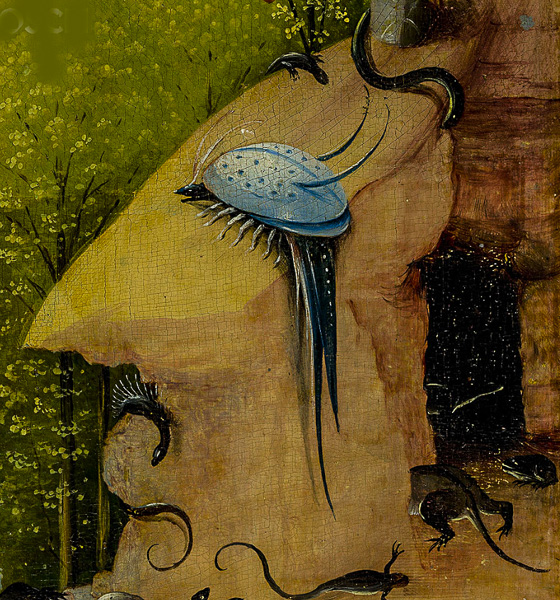
I maintain that the great Surrealists Bosch and Dali synchronistically conspired to place this image here and now for me to find! William Gibson sometimes speaks of SF as a type of “street surrealism,” like in his Introduction to my Wares series.
Encountering first the fiction and then its author, I took it instantly for granted that in Rudy Rucker I found an exemplar of a natural-born American street surrealist, bordering at times on a practitioner of Art Brut. Rudy’s fiction has a much higher percentage of surrealism molecules than most fiction, science or otherwise. It has, as moonshiners say when they swirl whiskey in a glass, in order to closely observe how it settles back down the sides of the glass, “good legs”. Rudy’s fiction is probably a bit too strong, in that regard, for some readers, but even the hard stuff, let me assure you, is an enjoyably acquired taste.
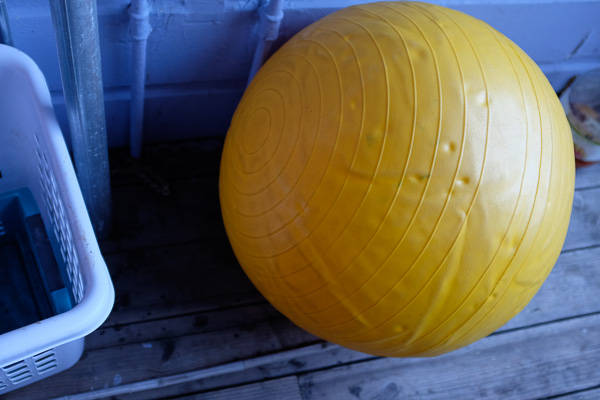
So my brahs Jeroon Bosch and Sally Dali are in the house to help.
Poke 2: Shadrach, Meshach, and Abednego
Recently I was gearing up for my characters Zoe, Villy, and Scud to encounter this kind-of god called Goob-goob. Out of the blue, I started thinking about the Bible story of Shadrach, Meshach & Abednego. They walked through a fiery furnace? I got the idea that my trio should walk through Goob-goob. Much more interesting than to stand there talking to her like she’s a face on a wall-monitor. God is a door. So, yeah, going through Goob-goob should be like Shadrach, Meshach & Abednego in the fiery furnace. I looked up the story in the Book of Daniel, and learned that an angelic or god-like fourth figure appears in the furnace with the trio.
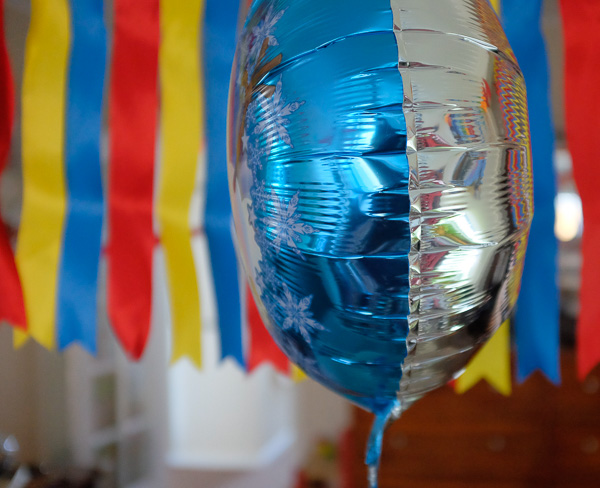
While deepening my research I found a Beastie Boys 1989 cut, “Shadrach,” great words, very wild, and a video hand-colored by, Adam “MCA” Yauch. The video has an ad on top of it that you have to close.
Anyway, I have my characters go inside the “furnace” of Goob-goob, and there’s a fourth figure (a virtual fourth Beastie Boy?) who’s maybe a little hard to see. Is this new being a quantum mix of the three kids? A quantum superposition? But I need to know what he or she looks like.
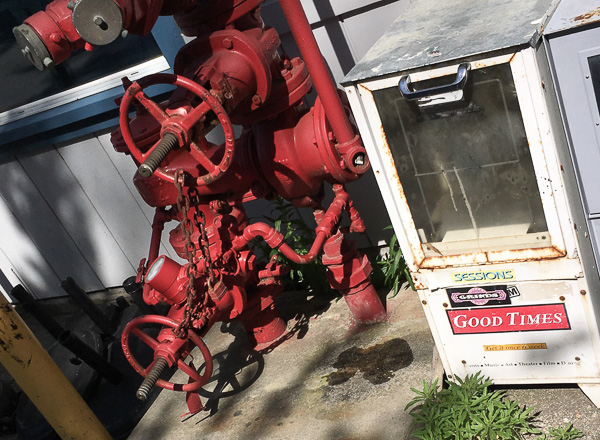
Poke 3: The Flat Cow.
I suddenly had the idea that the extra fourth character should be what I’ll call a flat cow. Shaped kind of like a saucer, but smoother, more discus-like, and covered with nappy, brindle-pattern calfskin cow hair. And her side unzips like a coin purse so the kids can hide inside.
I still need to make up a logical explanation for the flat cow. Not worried about that. I believe in the Surreal hard SF approach: Vision first, Logic later.
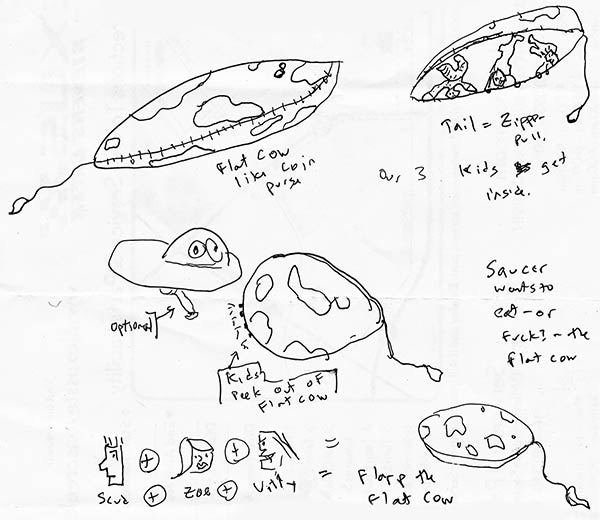
Here’s an esoteric notion that I probably won’t use. In the higher physics of mappyworld, a “flat cow” is a term that literally means “quantum superposition of any set of objects, producing a new superposed object.” And—for reasons so erudite that I haven’t invented them yet—the flat cow sum of any set of objects does happen to indeed resemble a bulging disk covered with calfskin and which moos. The number of spots on the cow indicate how many objects it’s based on. Computing the flat cow of some objects is a routine mathematico-physical operation.
Imagine a divorce counselor. Who gets the house, hubby or wife? Generate a flat cow based on the man, the woman, and the house. And then listen to this flat cow’s moos.
I have a mental image of one of the saucers attacking or molesting the flat cow that hides the kids. Either the saucer takes a jagged shark-bite out of the flat cow or it extrudes a tube that it tries to insert into the flat cow. Not clear to the kids if this is a mating or a feeding tube. But highly unwelcome in either case. Scud shoos it off with a dark energy zap from his wand.
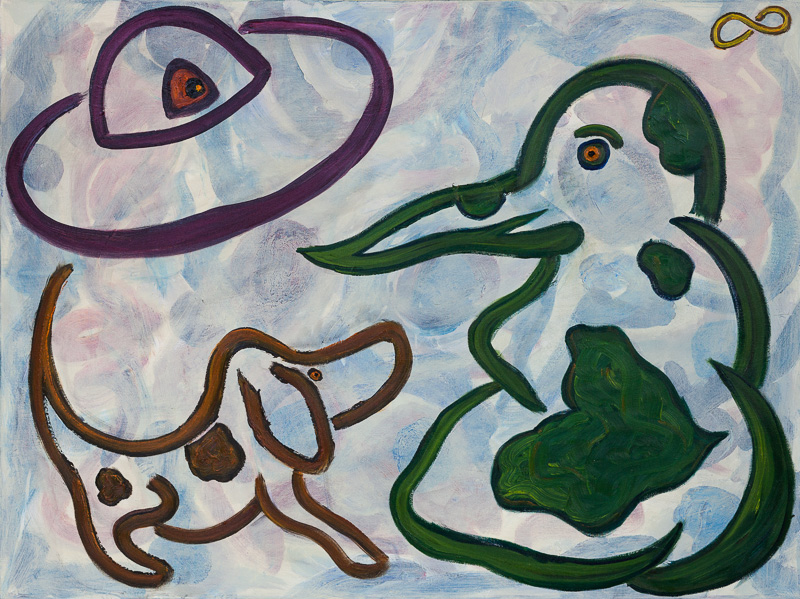
I’ve always liked drawing and painting blobby animals with spots on their coats. Brindle cows. Here’s something that I called a gub in my novel The Big Aha. A gub is a little like a knobby giraffe, and a little like a flat cow.
Vintage Poke: The Knobby Giraffe
Liz Argall posted a nice interview with me in Lightspeed magazine today, to accompany my story “The Knobby Giraffe,” which is also online.
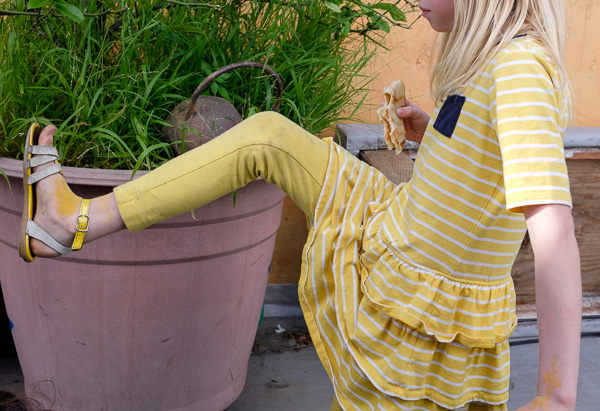
Let me quote a Q & A pair from the interview, as it relates to the Surrealist Hard SF theme of today’s post.
Q (Liz). A couple of questions about your story “Knobby Giraffe.” Why a giraffe? And why the philosopher Gottfried Leibniz’s cryptic essay, The Monadology?
A (Rudy). For many years, I kept journals, where I’d write about my thoughts and moods, and about things I’d read or see. One particular entry, from 2004, was about me being alone in a motel in the North Beach area of San Francisco, and how I’d woken up early, and I’d read the whole of Leibniz’s short book, The Monadology, while lying in bed.
The Monadology is pretty close to being incomprehensible. It’s way out there. Leibniz seems to say that our universe is an assemblage of “monads” which reflect each other, and each monad has the whole world inside it. And, naturally, it struck me that an idea this crazy ought to be used in an SF story. And—here’s the pro surrealist-in-action part—as soon as I thought of that, I immediately thought that each monad should resemble a knobby giraffe. With brindle patches on it. A zap from the muse. Those little black antlers on a giraffe, they’re like joysticks, see, and you could wiggle them to control the appearance of the world. The knobby giraffe! Very clear in my mind.
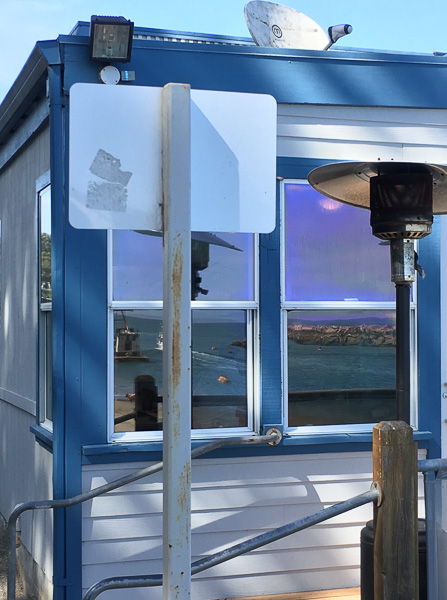
So, okay, I’d written this journal entry in 2004, and I came across it again in 2014, and a year later I found a way to put that image and the Monadology rap into the heart of an SF story. I often start with a cool image or situation, and I grow a story outwards from there, filling in the gaps with transreal story cubes.
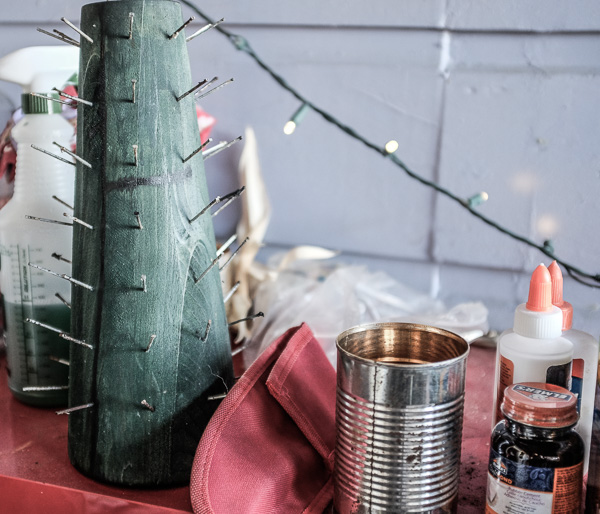
Cubist Transrealism ?!?!
Oh, one other Q & A pair from Liz Argall’s interview that I want to highlight. I got a chanced to coin and define a new label for a type of SF writing. Cubist transrealism!
Q (Liz).You wrote a pretty passionate manifesto for transrealism in the early 80s. How has your relationship to transrealism evolved over time?
A (Rudy). In short, transrealism means writing fantasy or SF that is in some way based on your actual life. You’re steering clear of received media ideas and trying to write about your daily reality in a warped way. SF tropes become objective correlatives for your psychic drives. At times, I’ve based transreal novels on specific swatches of my personal history—such as college, say, or my experiences working at a software company. But these days I’m more likely to write what I call cubist transrealism. That is, I don’t go for a full reality-encrypted roman a clef. Instead I shatter my daily experiences into surreal frags and tessellate them into a tale. The juxtapositions generate the story and plot.
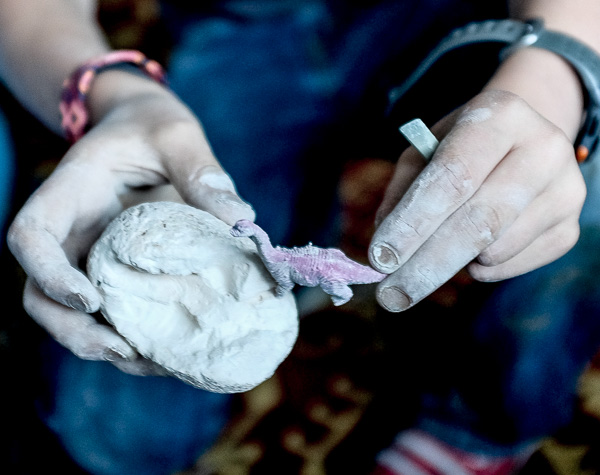
I’ve done a lot of interviews over the last quarter century, and the collection is up to 400 accumulated Q & A pairs—all of which appear in my “All the Interviews” document online. Any further questions?









April 21st, 2016 at 12:51 pm
Flip Wilson said the three men thrown in the fiery furnace were Shadrach, Mesach, and a Big Negro.
Sorry to hear you’re still on canes; what a nuisance! Hope it gets easier.